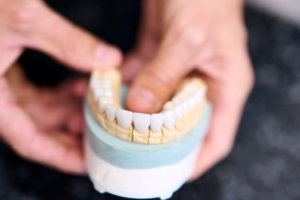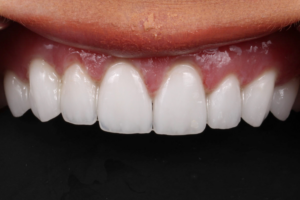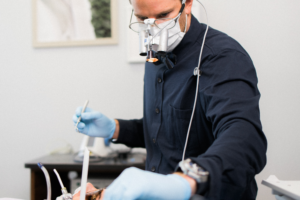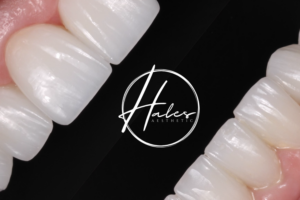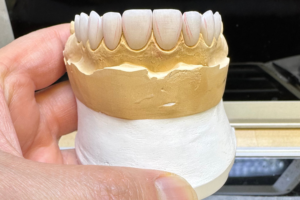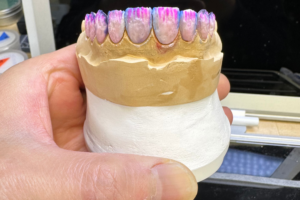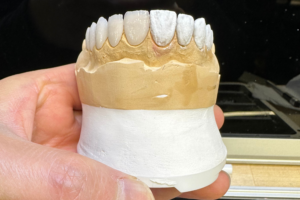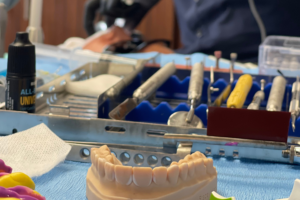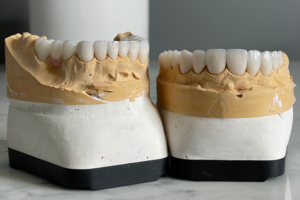 Pediatric Ventolin: Tips for Kids and Parents
Pediatric Ventolin: Tips for Kids and Parents
How Rescue Inhalers Work: Simple Family Explanation 🫁
Imagine a tiny rescue team that rides a puff of medicine straight to tight lungs. It opens airways fast, helping a child breathe easier during coughs, wheeze, or sudden tightness.
Parents can think of it as a quick unlock: press the canister and inhale, delivering a measured spray that relaxes muscles around the airways within minutes.
Using a spacer or mask helps the medicine reach small lungs, especially for toddlers. Practice at home so the child stays calm and cooperative during attacks.
Check dosage and watch for shakiness; contact a doctor if there’s no improvement. Teh quick relief isn’t a long-term fix, and occassionally side effects may be reported. Keep the inhaler nearby every day.
Mastering Proper Inhaler Technique: Step-by-step Every Parent 💨

Imagine a small hand gripping a spacer while a calm parent counts softly: proper technique turns a scary moment into a quick, effective treatment. Start by shaking teh ventolin inhaler, attach it to a spacer or mask, have the child breathe out fully, then press once and encourage five slow breaths or two tidal breaths for toddlers.
Make it a gentle routine: sit upright, secure the mask over nose and mouth if needed, and wait about ten seconds before removing the spacer so medication settles in the lungs. Praise attempts, practise with empty devices, and ask your clinician to watch technique; little adjustments can greatly increase medicine delivery and decrease panic and reduce emergency visits.
Selecting Spacers and Masks That Boost Medication Delivery 🎭
When a child needs ventolin, the right spacer or mask transforms a puff into medicine delivered where it helps most. Think of the spacer as a small holding room that slows spray and eases breathing for little ones.
Choose chamber size by age: small chambers suit infants with a mask, larger ones for toddlers and older children using a mouthpiece. A good valve prevents wasted doses and keeps coordination simple for parents.
Masks must fit snugly around the nose and mouth; look for soft edges and clear shields so kids feel less scared. For older children, practice with a mouthpiece and reward small successes to build confidence.
Cleaning and storage matter: rinse and dry spacers regularly and replace cracked masks. Occassionally check seals and practice the routine at home so in an emergency your child receives the full dose calmly.
Clear Dosing Rules, Timing Tips, Emergency Use Guidelines ⏱️

Start with a simple rule: follow the prescribed number of puffs and keep a written log. Always check the label and confirm age-based doses with your child’s clinician.
Timing matters—give ventolin before activity that triggers wheeze and space doses as instructed. For daily controller plus rescue use, note intervals and never double-dose to compensate.
In an emergency, stay calm, count puffs aloud, and use a spacer if available. If symptoms worsen after two rounds or there’s poor color or slurred breathing, seek urgent care.
Teach kids how to report symptoms and carry a card with dose and emergency contacts; rehearsing steps makes the plan feel less scary and manageable. Keep med records neccessary for follow-up.
Spotting Side Effects Early and When to Call 🚨
One evening you give a quick ventolin puff and watch your child play, but you also scan for changes — a useful habit for every caregiver. Tiny tremors, a jumpy heartbeat or a restless night can be harmless after a rescue dose, yet they deserve note. Keep calm, describe what you see, and record timing.
Look for troubling signs: severe or worsening breathlessness despite repeat doses, pale or blue lips, fainting, chest pain, high fever, or a spreading rash. Mild effects like jitters, nausea or a fast pulse Occassionally happen; if they persist or worsen, call your paediatrician. If your child becomes very sleepy, confused, or can’t speak full sentences, seek emergency care immediately.
Keep a dose log, bring ventolin to clinic visits, teach kids to report symptoms, and agree steps with your clinician for when to seek urgent care.
Making Treatments Fun: Games, Rewards, Calming Strategies 🧸
Start by turning treatment into a tiny adventure: let your child decorate a case, practice with a toy, or play "blow the bubbles" to learn slow breaths. Keep cues consistent and calm; model slow inhalations and use short songs or a timer so teh child knows when to inhale. Praise attempts, not just success, and use sticker charts or small rewards to reinforce regular use without pressure.
Make practice predictable: schedule brief rehearsal sessions after play or before bedtime, gradually building confidence. Teach a simple five-count breathing exercise and let them lead while you supervise. For anxious children, try role-play with a superhero inhaler or a calming story that matches their age; keep explanations simple and factual so they feel in control. In true emergencies, prioritize quick relief and seek medical help if symptoms persist or worsen and breathe together.
https://www.nhs.uk/conditions/asthma/treatment/ https://www.lung.org/asthma/treatment/medications/quick-relief-inhalers


